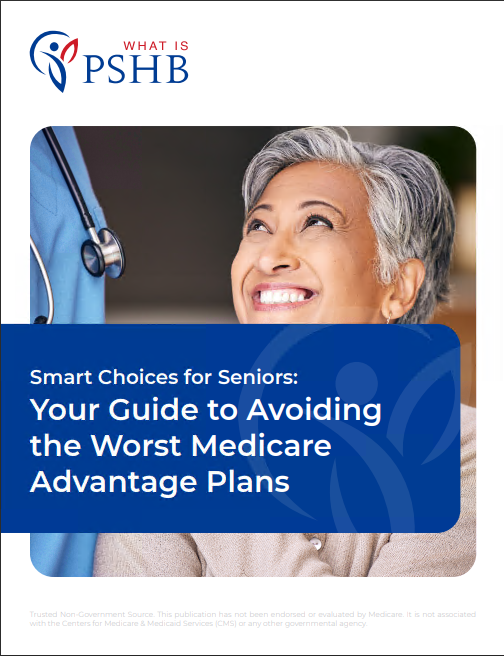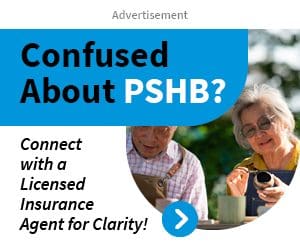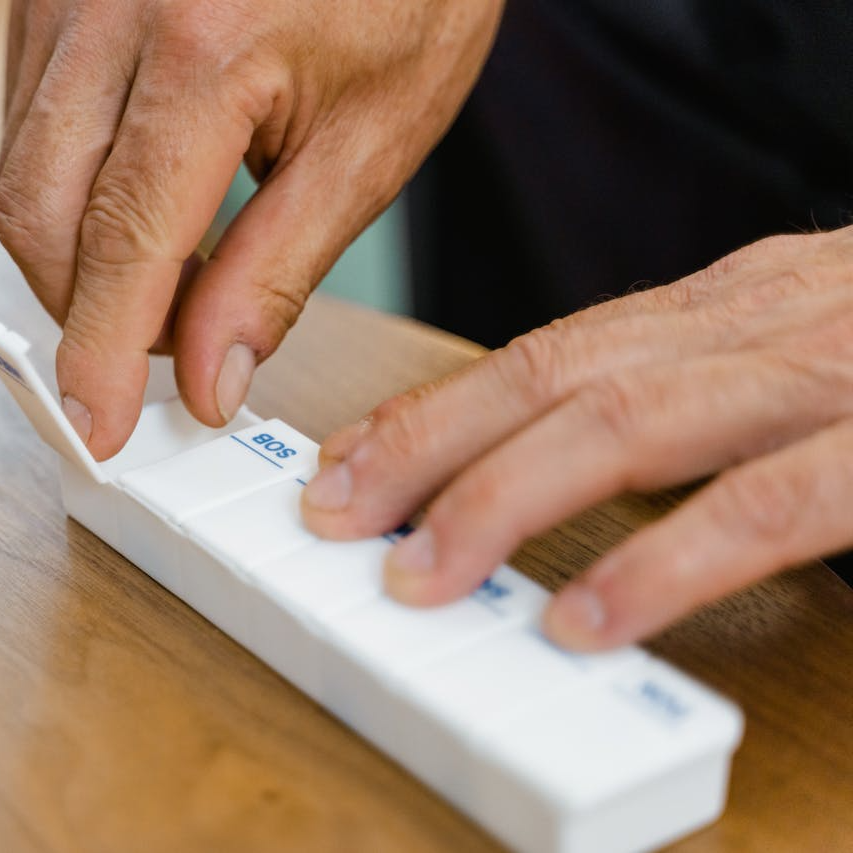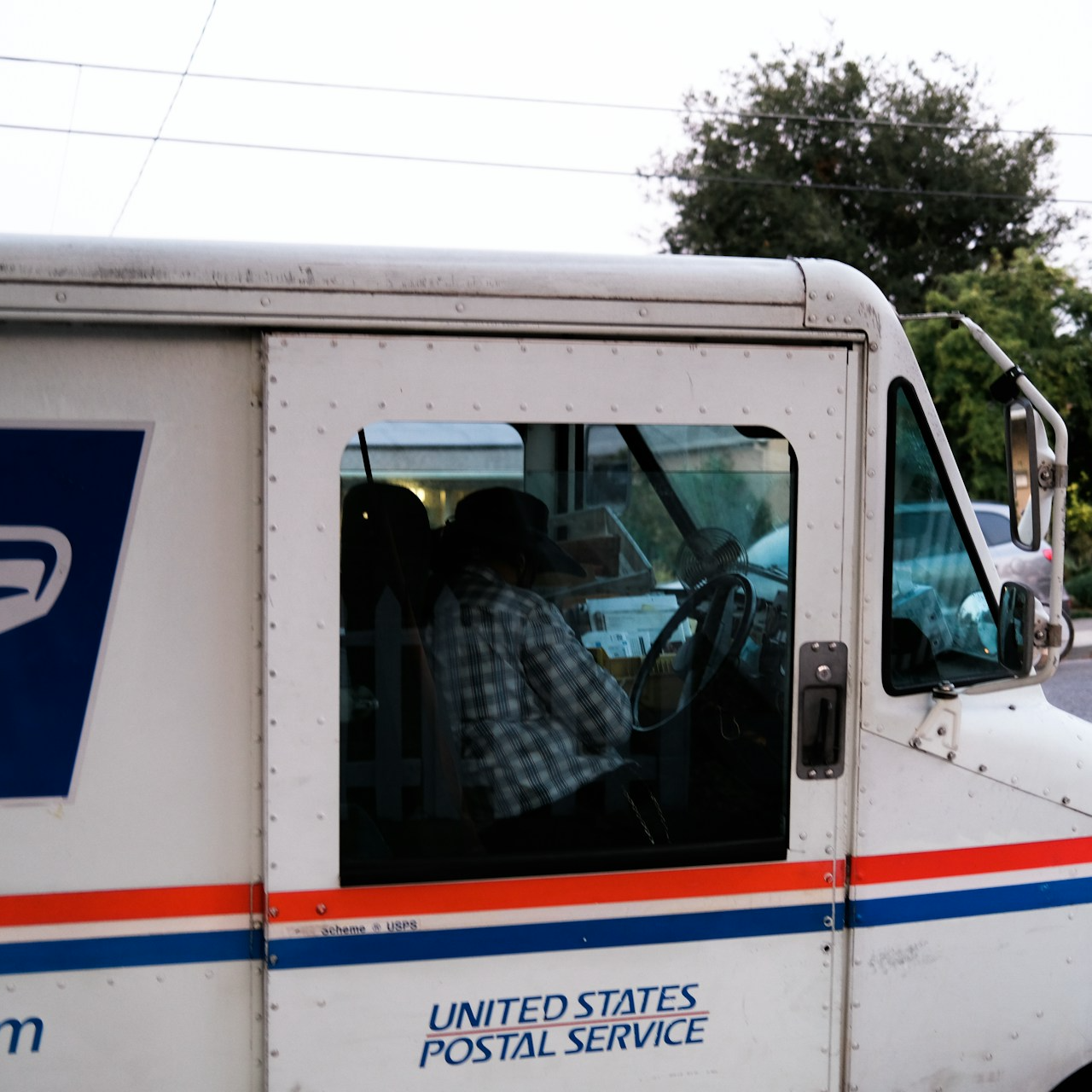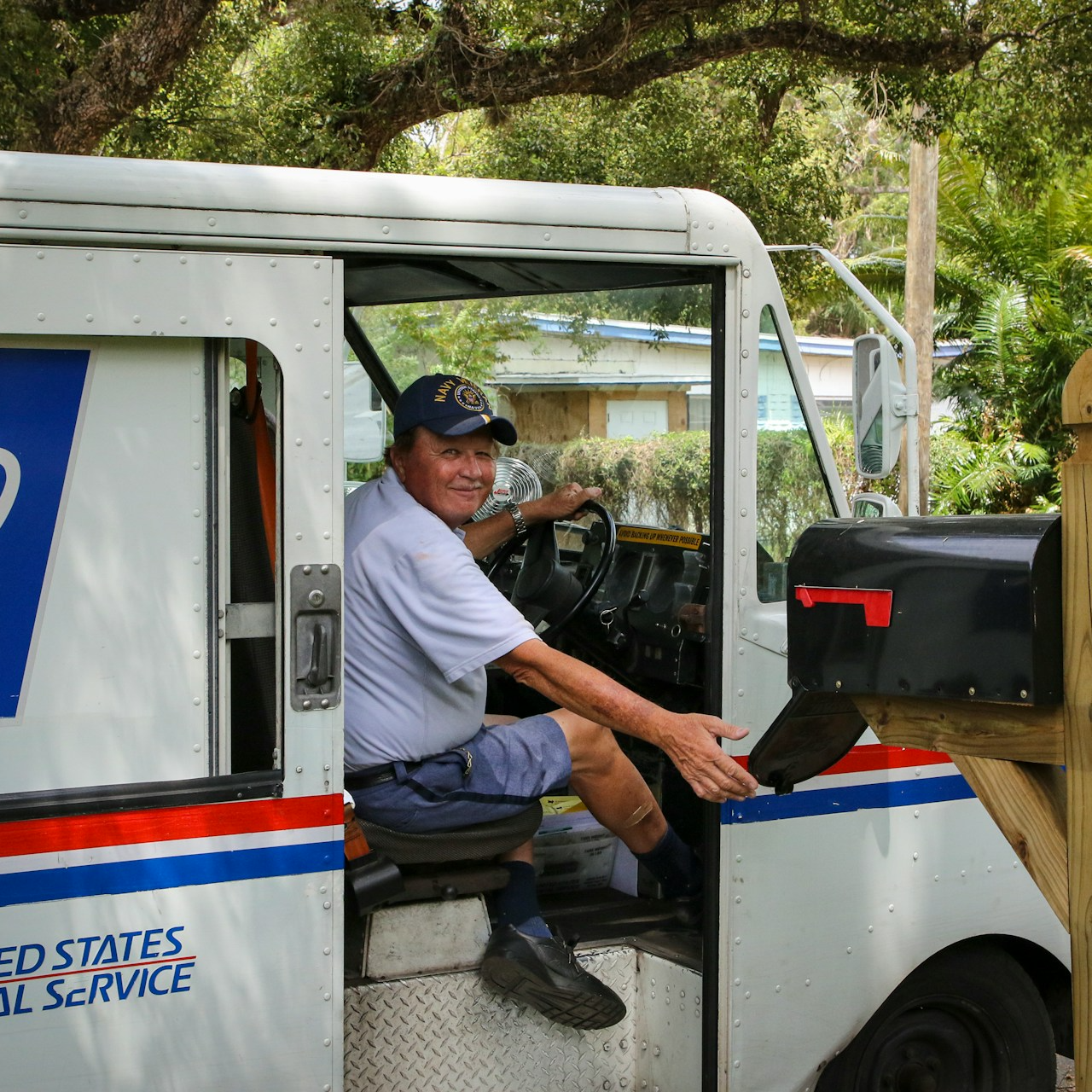Key Takeaways
-
In 2025, PSHB prescription drug coverage for Medicare-eligible USPS retirees and family members is integrated with a Medicare Part D Employer Group Waiver Plan (EGWP), offering enhanced benefits.
-
Understanding enrollment rules, out-of-pocket caps, and how coordination with Medicare Part B works can help you avoid coverage gaps and unexpected costs.
Understanding the Shift to PSHB and EGWP Integration
Starting January 1, 2025, the Postal Service Health Benefits (PSHB) Program replaces the Federal Employees Health Benefits (FEHB) Program for United States Postal Service (USPS) employees, annuitants, and their eligible family members. One major change in this transition is how prescription drug coverage is handled for those eligible for Medicare.
The PSHB Program now integrates prescription benefits with a Medicare Part D Employer Group Waiver Plan (EGWP). This change applies to all Medicare-eligible USPS annuitants and family members enrolled in PSHB.
What Is a Medicare Part D EGWP?
A Medicare Part D EGWP is a group prescription drug plan specifically designed for employers to provide Part D coverage to their retirees. These plans are approved by the Centers for Medicare & Medicaid Services (CMS) and offer:
-
Comprehensive formulary coverage
-
Lower negotiated drug prices
-
Coordination with Medicare Part B
-
Streamlined access through PSHB
In 2025, EGWPs integrated into PSHB plans include several Medicare enhancements, such as an annual out-of-pocket maximum and capped costs for insulin and vaccines.
Who Is Automatically Enrolled in the EGWP?
If you’re a Medicare-eligible USPS annuitant or a family member enrolled in a PSHB plan, you’re automatically enrolled in the EGWP plan through your PSHB insurer. This ensures continued prescription coverage with no need to sign up separately for Medicare Part D.
However, you must meet the following conditions:
-
Be enrolled in Medicare Part A and Part B
-
Be enrolled in a PSHB plan that offers Medicare integration
-
Not be enrolled in a separate individual Medicare Part D plan
If you do not enroll in Medicare Part B when required, you risk losing access to the EGWP prescription benefits under PSHB.
Why Medicare Part B Enrollment Matters
Under the new PSHB framework, Medicare Part B enrollment is a condition for maintaining prescription coverage through the EGWP. This requirement became effective for most retirees beginning January 1, 2025.
You may be exempt from this requirement if:
-
You retired on or before January 1, 2025, and are not enrolled in Medicare Part B
-
You are 64 or older as of January 1, 2025, and still employed by USPS
-
You qualify for specific waivers, such as VA or Indian Health Service coverage
Without Medicare Part B, you may be disenrolled from the PSHB EGWP and could lose drug coverage, with re-enrollment limitations.
Prescription Drug Costs Under EGWP in 2025
The 2025 EGWP benefit structure includes significant improvements:
-
Annual Out-of-Pocket Cap: Your prescription drug costs will be capped at $2,000 for the year.
-
Monthly Payment Option: You may opt to spread out high drug costs over 12 months.
-
$35 Monthly Cap on Insulin: Insulin products covered under the plan won’t exceed $35 per month.
-
No Cost for Vaccines: ACIP-recommended vaccines are fully covered.
These benefits aim to provide financial protection and predictability in your healthcare expenses.
What Happens If You Opt Out of the EGWP?
While you’re automatically enrolled, you do have the right to opt out of the EGWP. But this comes with consequences:
-
You lose your prescription drug coverage under PSHB.
-
You cannot enroll in another Medicare Part D plan and keep your PSHB plan.
-
Re-enrollment may be restricted and not guaranteed.
Opting out is not recommended unless you have equivalent prescription drug coverage through another source.
Coordination Between Medicare and PSHB EGWP
Once enrolled in both Medicare and the PSHB EGWP, your drug costs are coordinated to reduce your out-of-pocket burden. Here’s how coordination works:
-
Medicare pays first for covered prescription drugs.
-
Your PSHB EGWP pays secondary costs, such as copayments or coinsurance.
-
After reaching the $2,000 cap, the plan covers 100% of covered drugs for the rest of the year.
This layered approach ensures that Medicare-eligible enrollees see the benefit of both public and employer-sponsored drug coverage.
Enrollment Timeline and Coverage Dates
Here are the important timelines you need to be aware of:
-
April to September 2024: Special Enrollment Period for enrolling in Medicare Part B if you were previously unenrolled.
-
November to December 2024: PSHB Open Season period for enrolling in a plan or making changes.
-
January 1, 2025: PSHB coverage and EGWP integration begins for all enrollees.
Coverage through the EGWP begins simultaneously with PSHB plan coverage on January 1, 2025, as long as you meet the Medicare eligibility and enrollment requirements.
Special Considerations for Family Members
Family members who are Medicare-eligible also need to be enrolled in Medicare Part B to receive EGWP benefits. Each individual is assessed independently, so one family member’s enrollment status does not impact another’s eligibility.
If you cover a spouse or dependent who is Medicare-eligible, you must ensure they:
-
Are enrolled in Medicare Part A and B
-
Do not have an individual Part D plan
-
Remain enrolled in the same PSHB plan with you
Failing to meet these requirements can result in a loss of prescription drug benefits for that individual.
How to Check Your EGWP Enrollment Status
To confirm your EGWP enrollment under your PSHB plan:
-
Review the welcome materials mailed in late 2024
-
Contact your PSHB plan’s member services team
-
Log in to your plan’s online portal (if available)
This verification ensures you’re correctly enrolled and can resolve any issues early.
What If You Live Abroad?
If you permanently reside outside the United States, Medicare Part D—including EGWP—is not available. In such cases:
-
You may not be auto-enrolled in EGWP
-
Your PSHB plan may offer limited or no prescription drug coverage overseas
-
You must review your plan’s international benefits carefully
Some retirees living abroad may qualify for a waiver from the Medicare Part B requirement.
Key Questions to Ask Before Making Any Changes
Before deciding to opt out, switch plans, or make changes to your Medicare enrollment, consider these questions:
-
Are you or any family members enrolled in Medicare Part A and B?
-
Is anyone on your plan currently enrolled in a separate Part D plan?
-
Do you or your dependents live outside the United States?
-
Have you received a letter or notice confirming EGWP enrollment?
-
Do you qualify for any exceptions or waivers under the PSHB rules?
Answering these questions will help you avoid lapses in coverage or unexpected disruptions.
Preparing for the Long-Term Benefits
The integration of EGWP into PSHB plans is designed to provide stability and improved drug coverage for years to come. Staying informed about enrollment periods, coverage requirements, and cost structures will help you:
-
Maintain uninterrupted access to prescriptions
-
Avoid penalties or loss of benefits
-
Make the most of your PSHB and Medicare coordination
Annual plan materials will outline any upcoming changes, so it’s important to review them carefully during each Open Season.
Stay Protected with the Right Coverage Choices
Making sense of how PSHB prescription drug coverage works in 2025 may feel overwhelming, but once you understand the structure, it becomes much easier to manage. With the EGWP now integrated into PSHB, you get the benefit of coordinated drug coverage with cost protections built in. Be sure to:
-
Enroll in Medicare Part A and B on time
-
Stay within your PSHB plan’s guidelines
-
Avoid enrolling in outside Part D plans
-
Review plan documents carefully each year
To ensure you’re making the best decision for your unique situation, speak with a licensed agent listed on this website who can help you assess your needs and guide your next steps.



